1108 The Lower Foster Lake mystery
Cold Case North: The Search for James Brady and Absolom Halkett
by Michael Nest with Deanna Reder and Eric Bell
Regina: University of Regina Press, 2020
$24.95 / 9780889777491
Reviewed by Ron Verzuh
*
Editor’s note: I’m delighted to have heard today (January 3, 2022) that the film and tv rights to Cold Case North: The Search for James Brady and Absolom Halkett have been sold to three top Canada’s top filmmakers. For more information see the Cold Case North Facebook page. Congratulations — Richard Mackie
*
 True Crime in Northern Saskatchewan: The Search for Two Indigenous Leaders Missing Since 1967
True Crime in Northern Saskatchewan: The Search for Two Indigenous Leaders Missing Since 1967
The online streaming networks are filled with true crime dramas these days, all claiming to be based on true facts. But it’s never clear to me what part is true. Still, I can’t resist finding out. I had no doubts with Cold Case North, a book documenting the search for two Indigenous men who disappeared into the northern Saskatchewan wilderness around Lac La Ronge in 1967. Like the network cases, though, the question was were they murdered and, if so, who done it?
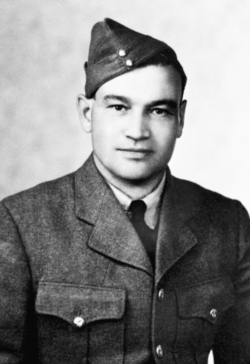
A well-known Métis leader, Jim Brady who was “a hero and an educator” to Métis and Indigenous people. He was “a self-educated activist and Métis political leader who wants to change the world.” Jim was also a Communist. Abbie (Absolom) was a Cree Band leader and schoolteacher imbued with “Christian faith and Cree spirituality.” He “was less a political activist than Jim (anyone would be).” He was “educated, smart, a stalwart of the community, and a motivated organizer.”
Both men were seasoned woodsmen and prospectors who knew the territory around the Lac La Ronge district in the far north of the province. They were unlikely to get lost or if they did, they knew how to get unlost. As it turned out, they did get lost trying to find a big uranium deposit, and they were never found. That was all the scent Michael Nest needed.
An Australian-born freelance journalist with a reputation for investigating corruption in the mining industry, Nest took to the hunt with bloodhound determination.

Joining him were Simon Fraser University associate professor Deanna Reder, from a Saskatchewan Cree-Métis family, and Eric Bell, a member of the Lac La Ronge Indian Band. Each team member brought different skills and knowledge to the search effort. Nest is the principle writer, Reder has the Saskatchewan contacts as well as a professional knowledge of the local history, and Bell has an intimate awareness of the community itself.
Reder, who teaches Indigenous literature, introduces the story and through her we meet her Uncle Frank, the inspirational guide for the trio in the quest to find Brady and Halkett. Although the police have decided that there was no evidence of wrongdoing, Uncle Frank begs to differ. American “hitmen shot Jim and Abbie,” he tells the team. They “hid their bodies (probably in the [Fowler] lake), and then were flown out of the area.”
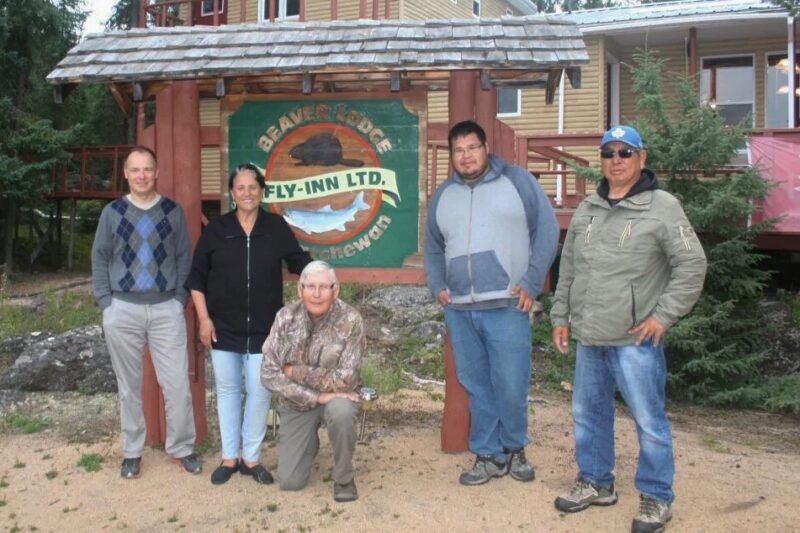
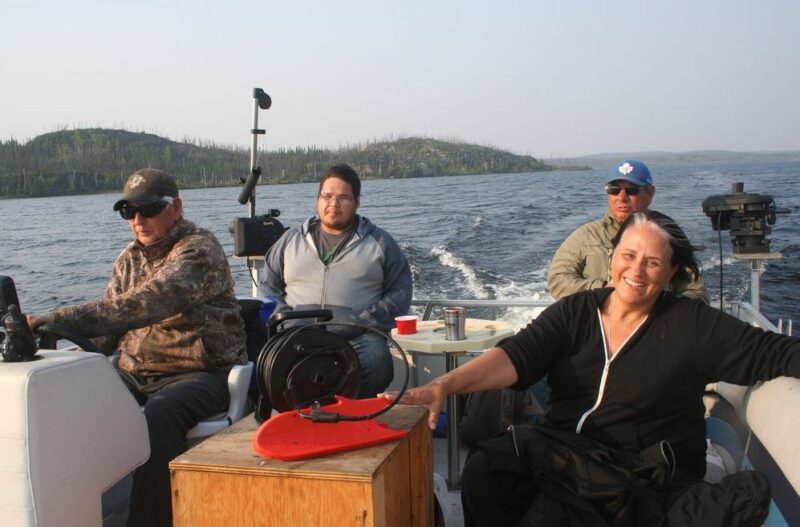
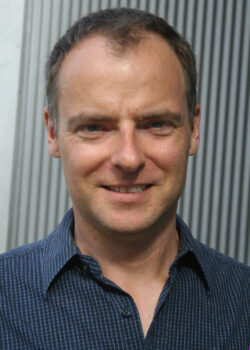
It was this instinct-driven declaration that set the team on a search that would take them to Lac La Ronge to meet local people, including family members, who had memories of the missing men. It required attention to local Indigenous custom and protocol, for although the community wanted answers they needed time to invest trust in the team.
Nest was used to combing through annual reports, wills, and other legal documents. He needed those skills to perform a forensic examination of mining claims and company ownership so the team could unravel whether Brady was or was not involved in a corporate operation to mine uranium. It further required the team to travel several times to the scene of the alleged crime.
Nest provides the book’s main narrative and he takes readers through each step of the process. We learn of the misgivings, the truths and possible lies, and the various motives. He shares the frustrations and details the moments of discovery with excitement and care. He also reveals his motive: “I want justice for Jim and Abbie,” he says. “I want to find out if they were murdered.”
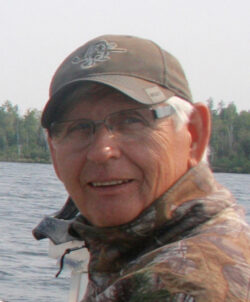
Maps and photographs of the Lower Foster Lake area reveal a rugged terrain, one in which it might be easy to take a wrong turn. If that happened, the team had to determine what the two men would have done. They were methodical, verifying every possibility, but Uncle Frank’s premonition continued to push them to an as-yet-unproven conclusion.
When indications suggested a search of the lake, the team engaged experts and joined them in using sonar-type equipment to seek the evidence they needed. At one point, that evidence, an apparent body with wrists tied, appeared on the sonar screen. A police probing of the lake seemed likely, but “it appears the RCMP did not believe us.” No police search would occur.
At that point the searchers called a halt. They were more convinced than ever of Uncle Frank’s theory, but without bodies Jim and Abbie’s disappearance would remain an unsolved cold case. They had taken it as far as humanly possible.
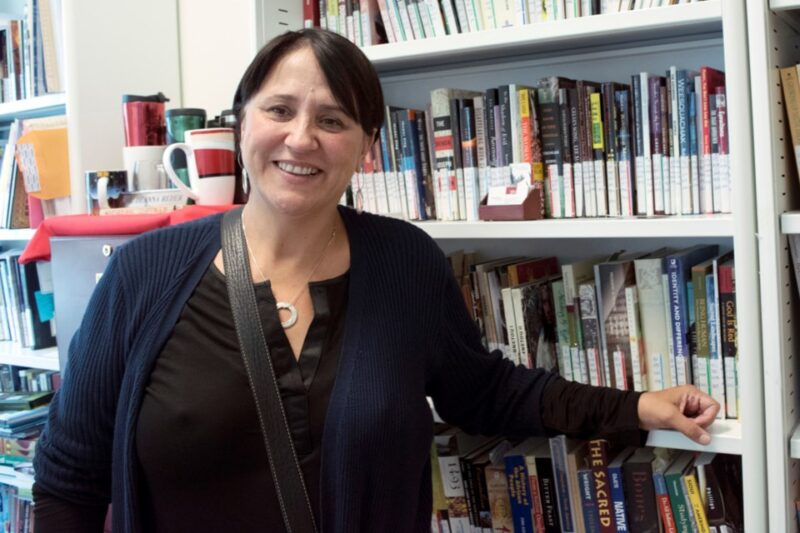
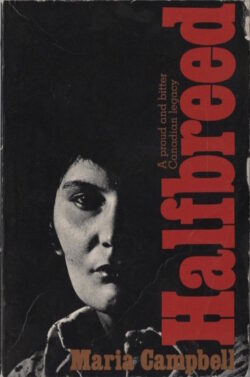
The search may not have achieved its main goal and yet there is value in other results. First, the story shared some of Métis and Cree culture that requested and got the team’s respect and sensitivity. The story presented readers with the face of a loving and caring community. It also exposed readers to the racist Canadian reality that many Indigenous and Métis people face.
We saw some of that reality in Halfbreed, Maria Campbell’s fiercely honest 1973 memoir about the harsh life for Métis people on the Canadian Prairie. She, too, was attracted to the Brady/Halkett story. In 2011, she appeared in a documentary called Jim Brady: In the Footsteps of a Metis Leader where she hints that the disappearance was politically motivated. Like Halfbreed, Cold Case North shines a light on the ongoing prejudice against Métis people that is “at the heart of this story.”
With the search over, Reder gets the last word. She recalls the steps the team took to prove Uncle Frank right. She laments the failure to do so, but she expresses the hope that “someone in the future might rely on what we have found.” Then again, as Eric commented, the team may have to accept this simple truth: “the land had reclaimed” Jim and Abbie forever.
*
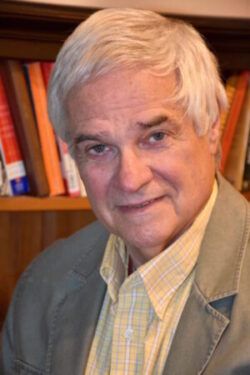
Ron Verzuh is a writer, historian and documentary filmmaker. Editor’s note: Ron Verzuh has recently reviewed books by Elizabeth May, Rosa Jordan, Vera Maloff, Peter Nowak, David Laurence Jones, Gary Steeves, Ian Haysom, John O’Brian, and Scott Stephen for The Ormsby Review.
*
The Ormsby Review. More Books. More Reviews. More Often.
Publisher and Editor: Richard Mackie
The Ormsby Review is a journal service for in-depth coverage of B.C. books and authors. The Advisory Board consists of Jean Barman, Wade Davis, Robin Fisher, Cole Harris, Hugh Johnston, Patricia Roy, David Stouck, Maria Tippett, and Graeme Wynn. Scholarly Patron: SFU Graduate Liberal Studies. Honorary Patron: Yosef Wosk. Provincial Government Patron since September 2018: Creative BC
“Only connect.” – E.M. Forster
2 comments on “1108 The Lower Foster Lake mystery”
Hi , I am the grandson of the late Abbey Halkett! I have been asking for help to talk to Michael Nest! About “Cold Case North”